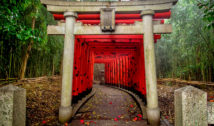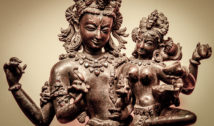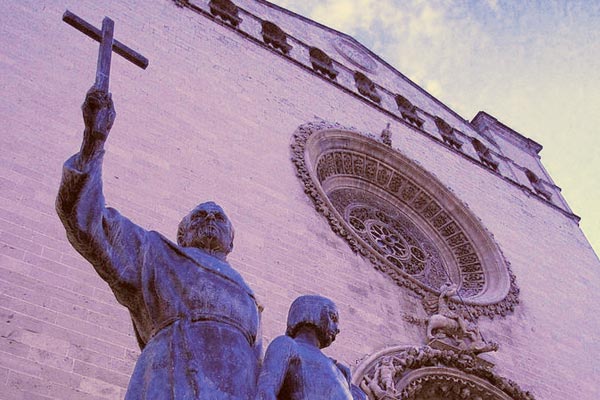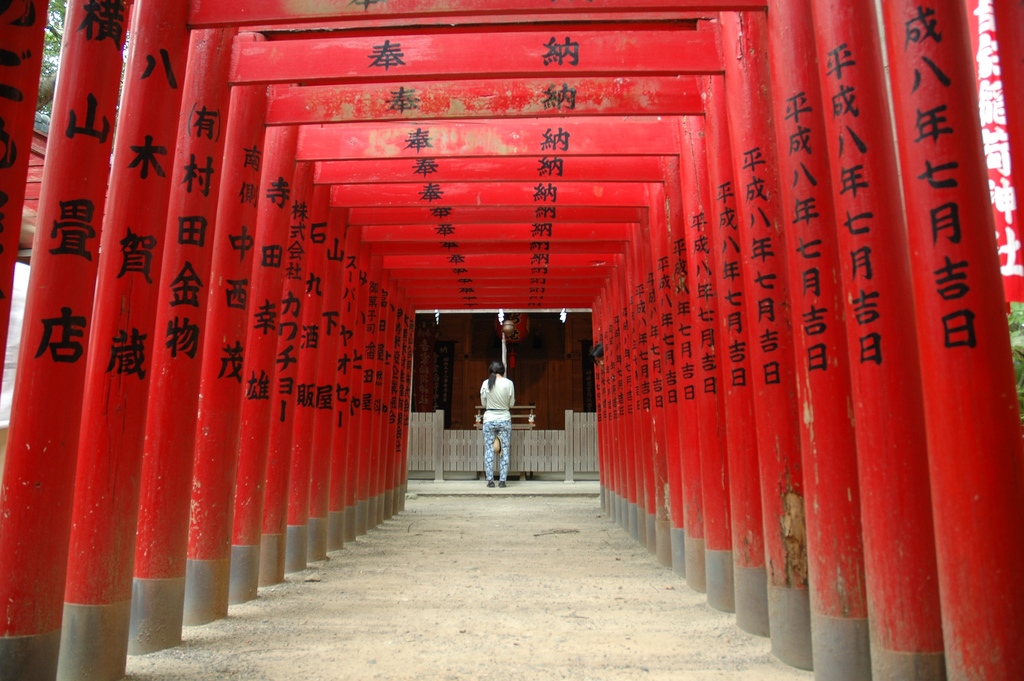
Japan’s Holiest Shrine Suddenly Breaks This One Centuries Old Tradition
- By Alison Lesley --
- 16 Jul 2014 --
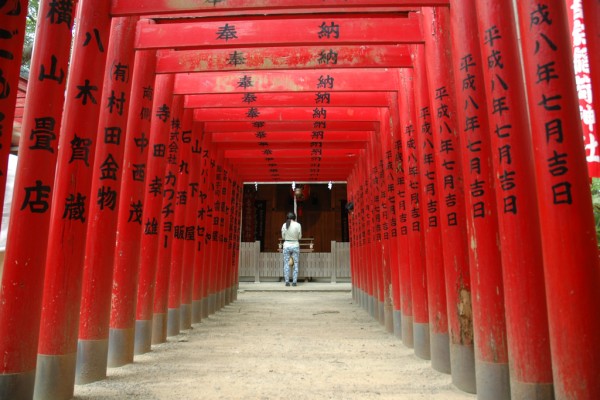
Ise Jingu, Japan’s holiest Shinto shrine, breaks tradition and opens its doors to members of every religion to witness one of its oldest rituals.
The Ise Shrine (Ise Jingu), or the Grand Shrine of Ise, is the holiest shrine in Japan, famous for being destroyed and rebuilt every twenty years as part of an ancient tradition known as the Shikinen Sengu. The site has long been sacred, due to its forests of revered Japanese cypress trees, which were used to construct the temple. The first Shrine was built circa 300 AD. The first rebuilding was in 692, and this ceremony has been performed regularly every twenty years ever since. The last reconstruction rites were performed in October of 1993; the modern buildings are replicas of the original temples.
A place of such long standing tradition, and strict rituals, is often reserved for those within the spiritual community – not outsiders. Although the modern Shrine has had a vast number of visitors (six million per year is considered a small number, compared to the eight million that went after 2011’s devastating tsunami), foreigners had not been invited to witness such rebuilding rituals – until this month.
Upon the guests’ entry, the Shinto priest bowed to welcome the visitors who were sporting gowns of a variety of faiths: Chinese Taoists, Hindus, Muslims, Sikhs, Scandinavian Lutherans, African Catholics and American Baptists were all present with their distinct robes. All creeds were welcomed. History was made. The number of visitors also broke a record: 14 million.
It’s interesting to point out that in the year 2000, Shinto representatives attended the Alliance of Religions and Conservation, a conference for religion-based environmentalism, during which they declared that spirits and deities lived not only in Japan but all over the world, thus taking one of their first steps to joining international environmental efforts.
But there’s even more – another sign that Japan is opening up to the world. The first international conference in its history was hosted: “Tradition for the Future” – a conference the United Nations chose as a forum to reach out to the world’s religions leaders in matters of a global debate on social, political and economic stands that will replace the Millennium Development Goals (MDGs) when they expire by the end of the next year. These are the Sustainable Development Goals: an expansive benchmark that will apply to all nations (rich or poor), on topics as difficult as climate change and the world’s increasing population. The U.N. decision of incorporating some of the world’s religious leaders is to help with the implementation of these Goals, looking for a less materialistic perspective, as well as counting on the power that these leaders have over the population.
The symbolic rite of reconstructing the shrines could be a hint of what’s to come: this year, some of the wood used came from a replanting project set up in 1923 by the Shinto’s Shrine Precincts Preservation Committee as a part of a 200-year plan for growing the shrine’s surrounding forests. Hopefully, opening the doors of this ceremony to the world will also open our eyes to the threats of a non-sustainable global industry and economy.


